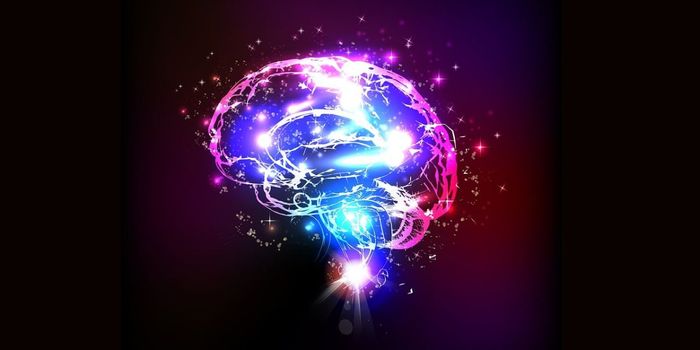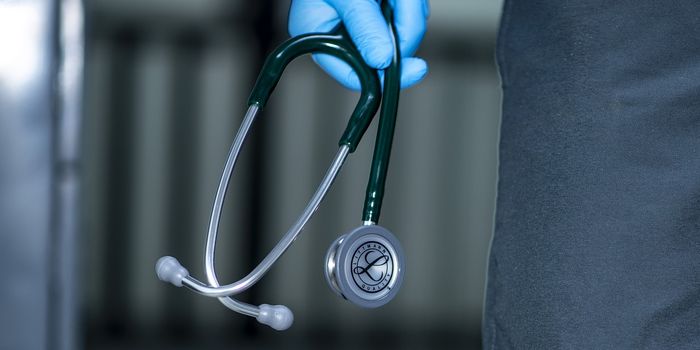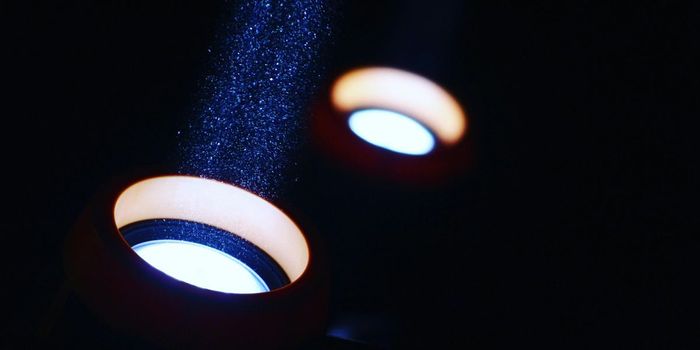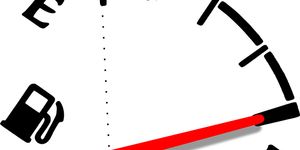Negative side effects from the COVID-19 vaccine may be all in your head
Did you suffer from a headache, fever, or body aches and chills after you received the COVID-19 vaccine? You aren’t alone. As the United States Centers for Disease Control (CDC) found, over 77% of people reported at least one negative reaction to the first dose of the vaccine. A new study, published in the Journal of the American Medical Association, reported that a high percent of reported adverse side effects following COVID-19 vaccinations may arise from a psychological phenomenon similar to the placebo effect.
Many of us have heard of the placebo effect. As the video below explains, this effect describes a phenomenon in which an individual believes a placebo drug (i.e., an inert, non-therapeutic drug such as a sugar pill) is effective and expects and/or shows a clinical improvement in response to the fake drug. Some researchers have studied the neurobiological underpinnings of the placebo effect, which have shed light on the brain regions and neurotransmitters involved in the positive effects of placebos.
Additionally, psychological effects, such as the conscious or unconscious expectation that a therapy will work, play a large role in the placebo response. That is, if you expect a treatment will be beneficial, you are more likely to experience beneficial outcomes. Similar to the placebo effect, an opposite phenomenon exists called the nocebo effect. The nocebo effect often occurs when you expect that a treatment will be harmful, and as such, you will more likely experience negative effects in response to treatment. For example, if we are told that a vaccine will possibly lead to body aches, chills, headache, and fatigue, then we are more likely to experience one or all of these negative symptoms after receiving the vaccine.
In the published study, the researchers performed a meta-analysis of randomized, placebo-controlled COVID-19 vaccine trials. They then compared the rates of reported adverse side effects by participants who received the actual COVID-19 vaccine to side effects reported by individuals who received a placebo vaccine (a saline injection). Interestingly, while individuals who received the actual vaccine reported more adverse side effects, close to one-third of people who received the placebo vaccine also reported an adverse side effect. The researchers then performed an analysis that suggested the nocebo effect accounts for up to 76% of all adverse side effects in individuals who received the COVID-19 vaccine.
Ted Kaptchuk, the lead author of the study, said that, “nonspecific symptoms like headache and fatigue – which we have shown to be particularly nocebo sensitive – are listed among the most common adverse reactions following COVID-19 vaccination in many information leaflets.” He suggests that this information may lead individuals to misattribute common background sensations to vaccine side effects and make individuals hyper alert about bodily feelings following vaccination.
The researchers hope that their findings may help to start conversations about the nocebo effect among health care providers and their patients, with the belief that these conversations can reduce worry about the COVID-19 vaccine and help to decrease vaccine hesitancy.
Sources: CDC; the Journal of the American Medical Association; The Journal of Neuroscience; The Journal of Neuroscience








